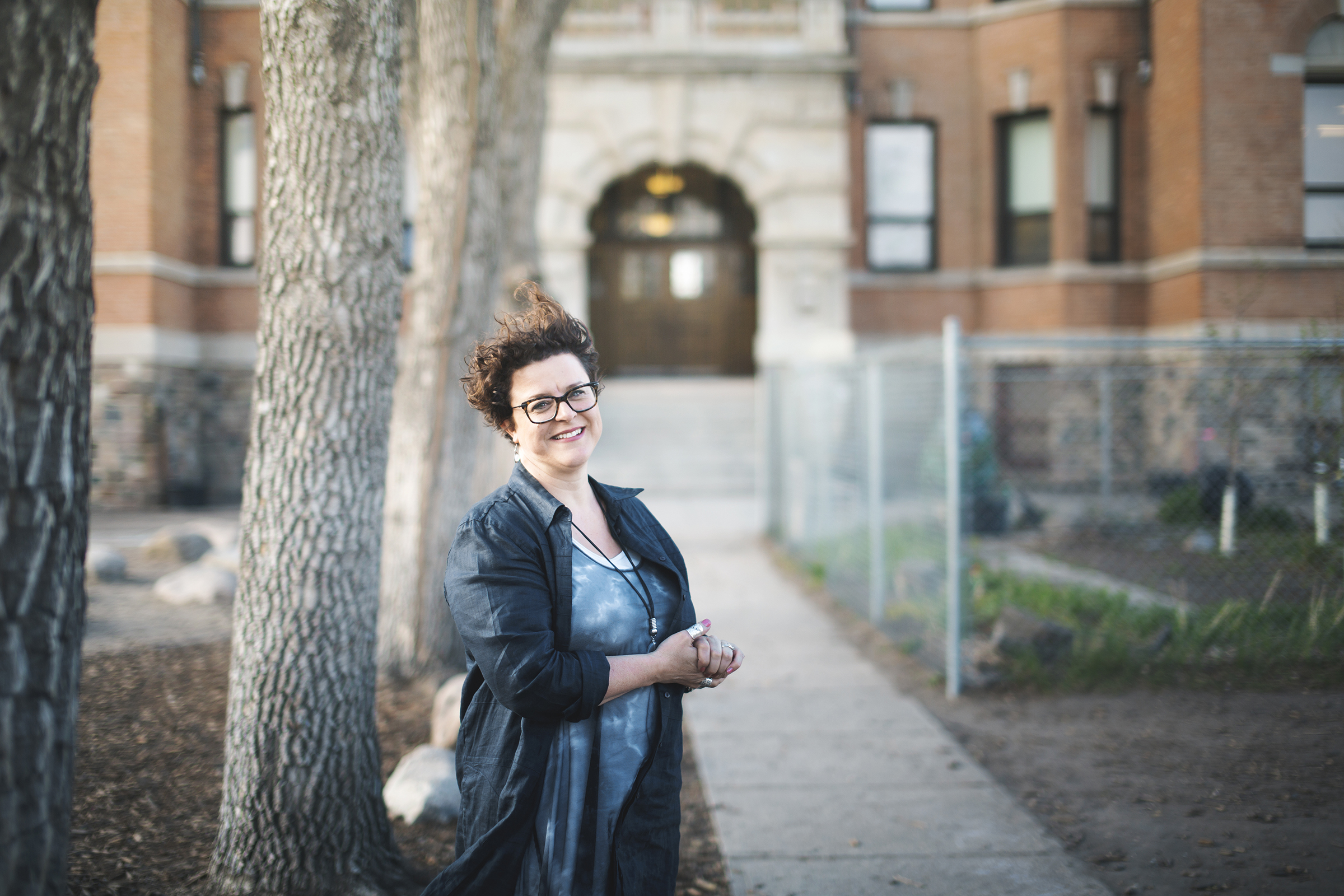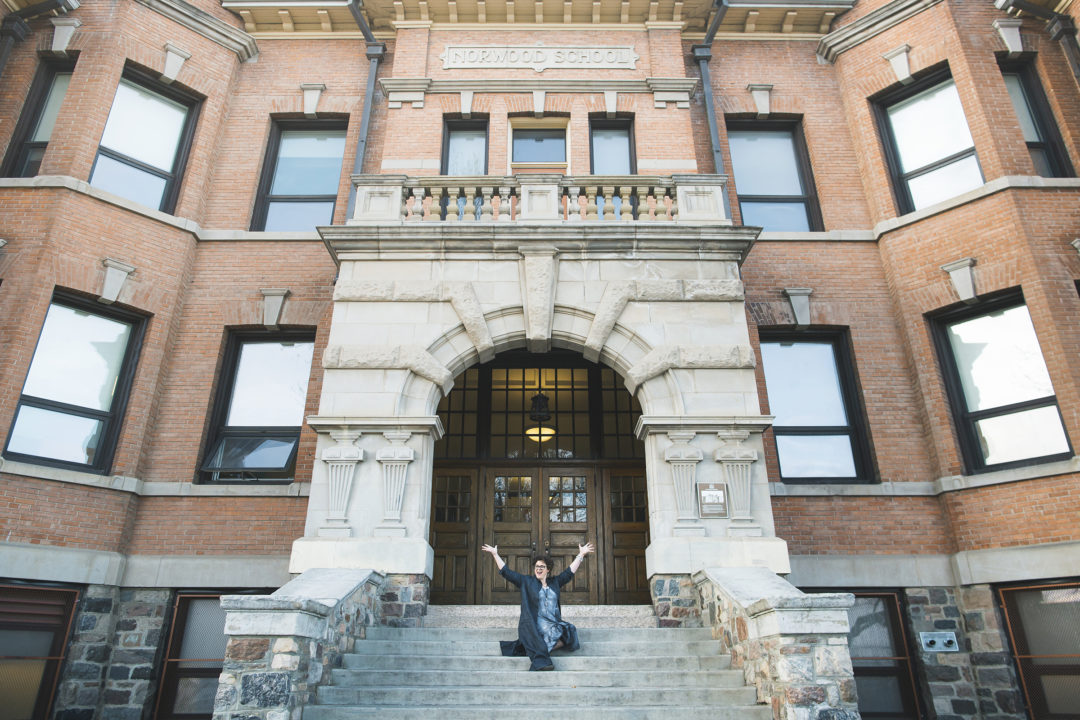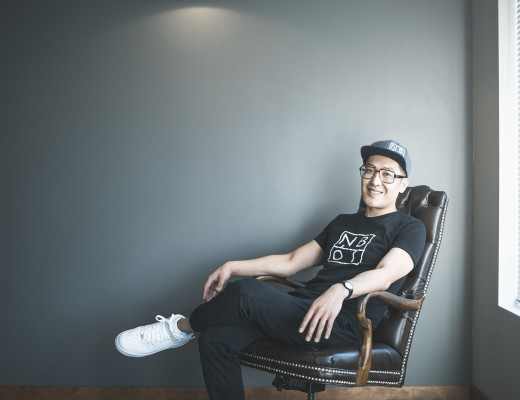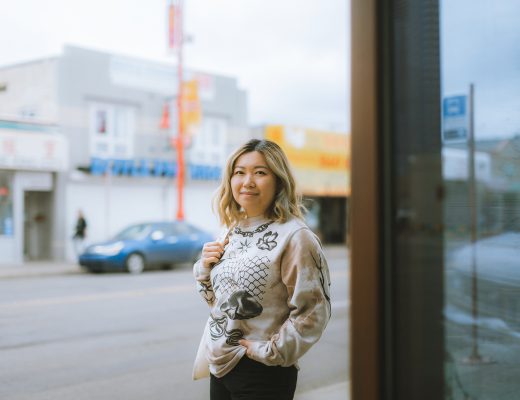As the past Principal of Norwood School, Joanne Wynn has had a unique opportunity to watch the community of Norwood grow and change over many years. Joanne took the time to tell us about the needs of the community and how we, as Edmontonians, can get involved to create positive change in our communities and for children in need.
Can you tell us a bit about yourself?
I grew up in Edmonton, moving into the newly sprouting Mill Woods area when I was in Grade 2. Looking back, I recognize it was very formative growing up in a place that was ‘becoming’. It was a place filled with the optimism and hope of people who were grateful for the new quality of life they were providing for their family. The cultural diversity was rich and all my friends and classmates had interesting stories about their family’s journeys. Mill Woods was shiny and new, a rainbow’s edge between the urban and rural – a place where you could ride your bike for five minutes and be out on the country roads, play in the small forested areas and gaze longingly at the horses.
I learned a love of history, played a lot of sports and got involved at school. The older I get the more I recognize how the small things during these years, have set the stage for who I am and how I want to make a difference.
Did you have a mentor who inspired you to pursue a career as an educator?
It was my good fortune to have a number of exceptional educators be a part of my personal and academic learning journey. I found myself in many leadership roles throughout my formative years, primarily because teachers saw things in me, and their faith and support helped me believe in myself to grow and dream. Their generosity strengthened me and inspired me.
In university I travelled out east – drawn to the old stone buildings, tradition and history at Queen’s University, where I pursued streams of study that inspired me: classics, history, philosophy. Through a series of events I found myself back in Edmonton and registered in the BEd program at the U of A. There I found a profession where I could always be learning about the world and myself; while also finding joy in building relationships with kids and finding a way to ‘pass it forward’ in my own community. There is no place better to keep you true, to learn and share the love of learning, than in a Grade 9 social studies classroom with 30 – 15 year olds!
What inspired you to take on the role of Principal at Norwood School?
After teaching most of my career south of the river, I had an opportunity to broaden my experience and join the McCauley Elementary Junior High School team as an Assistant Principal. I was moving into the unknown – a school with needs well outside of my previous experience. Though challenging, personally and professionally, I very quickly fell in love with the kids, the staff, and the community. I was honoured to be appointed the following year to a Principalship, welcoming my beloved families to Norwood after the McCauley school closure.
It has been a gift to have the opportunity to work in such dynamic and welcoming communities alongside some incredibly committed and talented colleagues, community members, families, partners, agencies and organizations. I think back and it seems that my whole life has led to giving me the skills and attitudes to be able to truly make a difference – and give to a whole community the gifts that were given to me as a child and young person.
When families are going through transition, the accessibility of what many would consider basic needs, are actually luxuries.
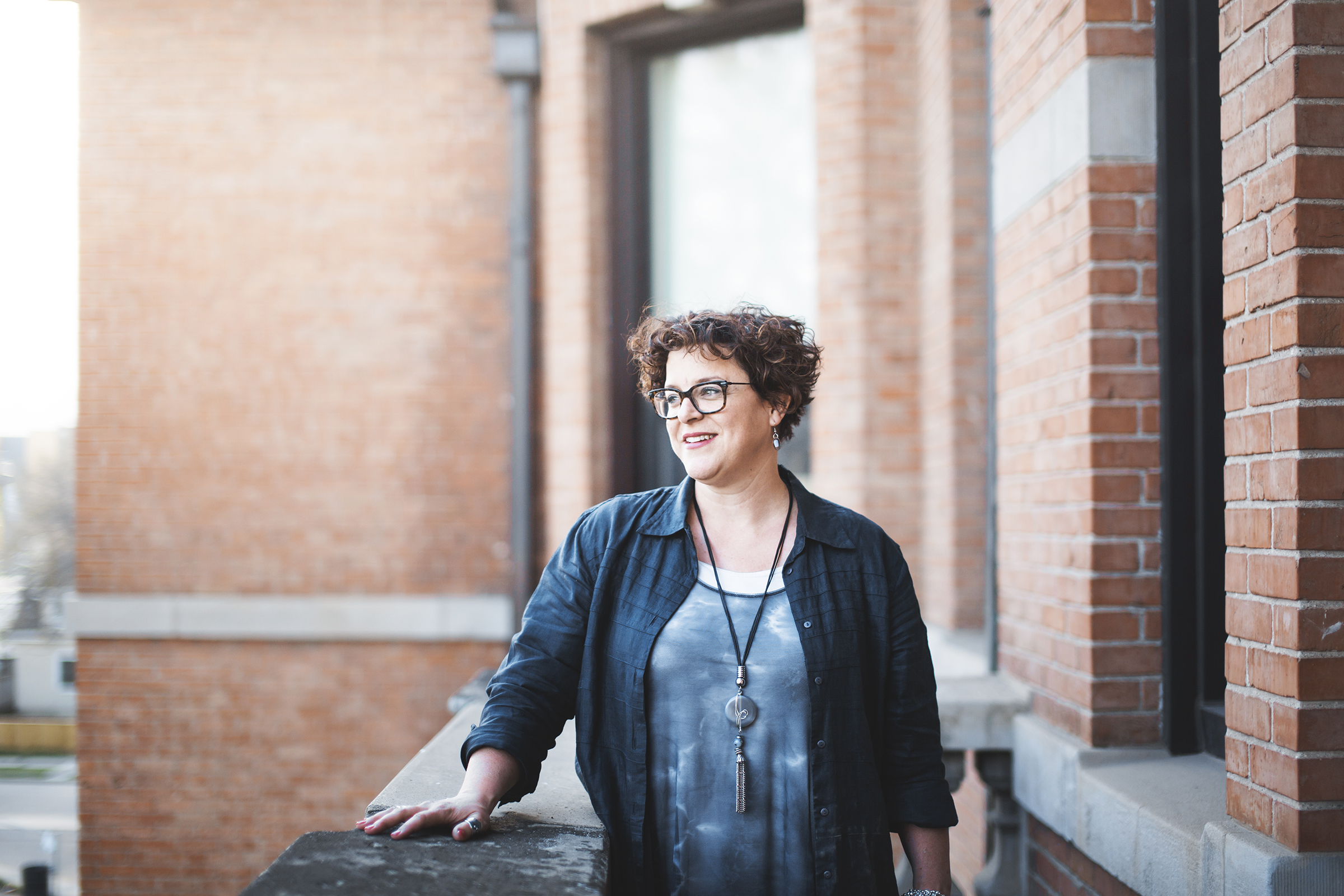
Norwood is commonly referred to as “inner city” community. What types of needs have you observed through your involvement with the community?
The inner city is dynamic and culturally rich with an underlying spirit of community. It has excellent access to public transportation and public services like libraries, recreation and government centres, support agencies, and affordable housing. It is also a regular place for many of our city’s festivals and celebrations.
Many different people, from a variety of circumstances, are drawn to the area: families who value the arts and sustainable urban living, and many families just starting out, in transition, or newly arrived in Canada. When families are going through transition, the accessibility of what many would consider basic needs, are actually luxuries.
As a school, we try to provide many of our families with new school supplies, winter clothing that fits, books to read at home, predictable and nutritional lunches and snacks, opportunities to learn outside of the community – in addition to providing high quality educational programming.
Increasingly, in schools throughout our city, there are children and families who are doing without. They come from complex home situations and they need more than what a traditional school system is designed to provide in order to be successful. Never has it been more true that it takes a village to raise a child. Children come with basic needs that need to be met. They need healthy food, positive adult relationships, guidance, support for anxiety and depression and self regulation. They need social capital and people other than their parents and teachers to inspire them in new ways and set them dreaming about what could be. Never before has so much been expected of children: to be successful in this age means so much more than students knowing their letters and numbers, memorizing facts and following the rules.
What did you observe about the community in Edmonton during your time at Norwood?
There is a hidden world of quietly committed and dedicated people doing what they can to make their city safer, stronger, more equitable and more beautiful. They are passionate, community-minded and give both their professional and personal skills to help create a city that they can be proud of. They are the background singers that make Edmonton’s song so heartfelt and full of promise.
What types of contributions can fellow Edmontonians make to help improve the community?
Schools can be hubs for incredible possibility, and there is need in everyone’s community.
Each school is unique and each Principal has a set of variables that create their priorities, so each school’s needs or how they will meet them will be different.
For Norwood, we have community members who are part of our ‘village’ in a number of ways. Some bring gently used books to help build students’ home libraries, send food cards for us to give to families in need, or pay for special field trips so students can experience the ESO, Telus World of Science, or a gymnastics facility.
Some come and volunteer to read in classrooms, bring Christmas pajamas, buy mandarin oranges for the last day before Christmas, help us connect our community through literacy events, or volunteer to be a Big Brother or Big Sister. We have received gently used clothes and mitts and home made toques and yearly small contributions to our music program that help us put on special concerts. Some groups have bought hockey tickets to share with families or helped us to plant trees and move around gravel for our outdoor classroom.
One generous Norwood Friend has used his expertise and love of geology to map and describe the rocks in our school yard so students can live and breathe the outcomes of the Rocks and Minerals Units and truly know the natural world in which they live.
Community members have shared their love of square dancing, poetry, opera and history. Each of these adults in the school makes our light shine brighter and bring more dreams, more hope and more possibility to students. This is the power of community involvement.
The more we get to know each other as businesses, community members, agencies and organizations, the more synergies we are able to find to make a better quality of life for all.
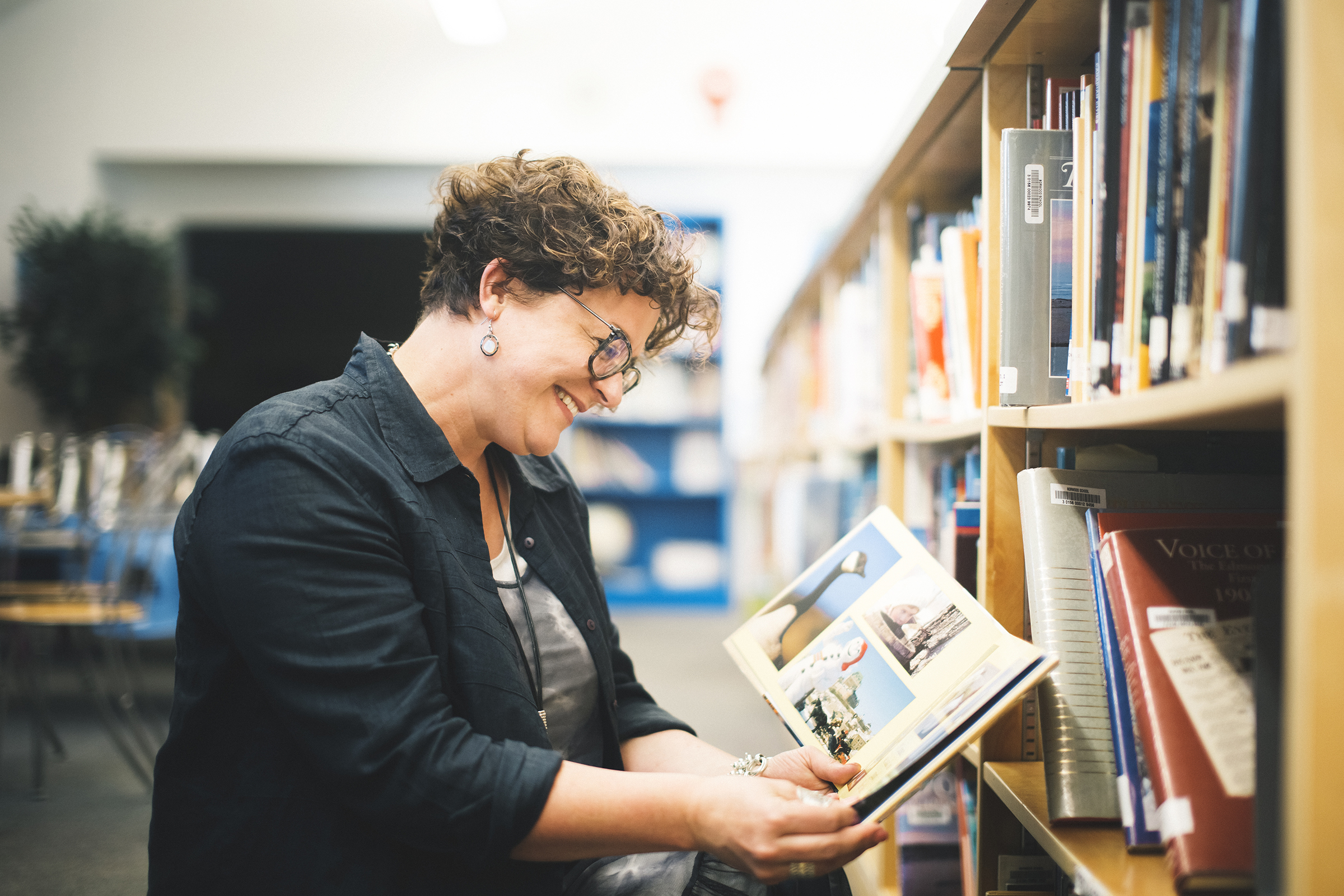
What was the most unexpected lesson you learned in your time at Norwood?
Small acts of kindness can create waves of hope and inspiration.
How would the ideal collaboration take place between organizations in need and community members?
Synergy shared between a variety of like-minded people within a school, and from many sectors of society, can make miracles happen!
The best and most sustainable collaborations occur when there is a sense of connectedness. The more we get to know each other as businesses, community members, agencies and organizations, the more synergies we are able to find to make a better quality of life for all. In an ideal world, there would be many orchestrated collaborations for groups to come together in a meaningful way to listen and discuss.
Having said that, Norwood is an example of a school that is uplifted by many amazing collaborations that started with one person in the community having an idea, then taking a risk to call and ask the question ‘what if’. So long as both parties have as a focus the desire to make a difference for kids, and the school has the flexibility to implement in a way that makes sense for their community, many things are possible.
What type of questions should we, as Edmontonians, ask ourselves when considering how we can give back to the community?
What do you love? What is important to you for a strong community? Do you have expertise or interest in a certain area that you could share? Is it time or do you have the financial support in place to give? There are incredible service groups out there who create engaging communities for like minded people to work together to make a difference in a variety of aspects of community life.
If you would like to give financially – small or large- there are thoughtful and responsive foundations like the United Way, Edmonton Community Foundation and E4C who are responsible and creative in their support for projects and initiatives in our city. Giving as part of a group, a member of a foundation or by participating on your community league council, coaching community sports, attending fundraising events, arts and cultural activities – all of these make our community stronger and contribute to building our city’s identity.
Maybe the most important question: Can I take a risk and ask ‘what if?
Can you tell us about the importance of sustainable giving?
Some kinds of giving are wonderful as a one off: as a special surprise or for a special event – rainbows to bring joy to remember and build resilience. .
Sustainable giving creates stability and builds community and school capacity so that each day might be a little brighter over time.
Sustainable giving changes culture and wellness for the long term. It can make a difference for generations of students and for school and community identity. As school staff we can see the difference a daily lunch, a weekly mentor, access to a therapist or access to books makes for a child because we have seen where they were and we see who they are becoming.
The evidence is in small nuances – a change in attitude, a more ready smile, initiative, inquisitiveness, caring for others, a little more perseverance, or a spreading optimism in the community. This kind of change can take time. This is why it is important, in sustainable giving, to give to something you are really passionate about or believe in to whom you are connected. Patience and faith are required for sustainable giving.
Sustainable giving changes culture and wellness for the long term. It can make a difference for generations of students and for school and community identity.
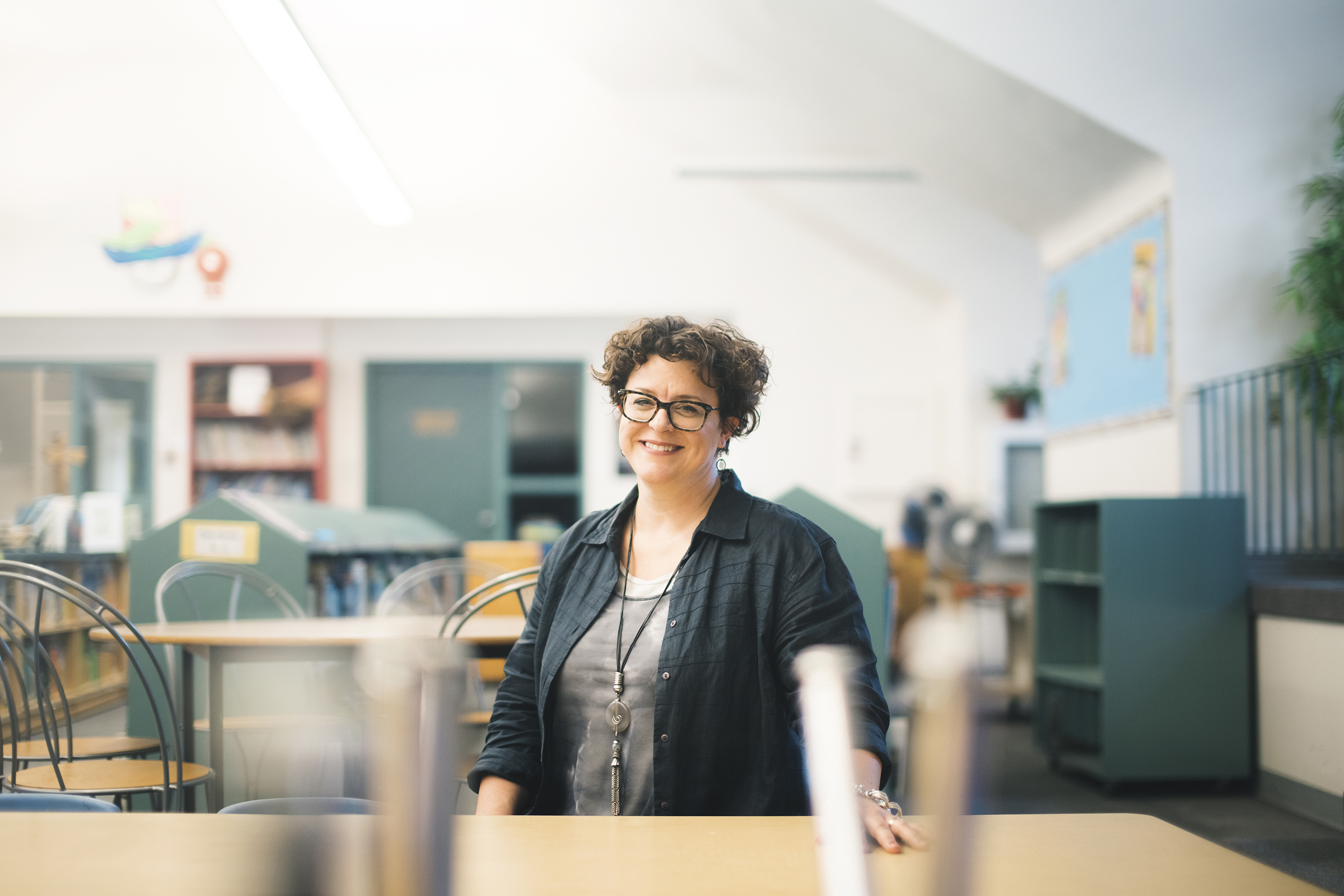
What is your biggest challenge as an educator of students from such vastly different backgrounds?
Children are filled with so much possibility and educators commit themselves to helping all children be all they can be. This is not limited to just fostering and nurturing competencies in numeracy and literacy. We want students graduating Grade 12 with 21st century skills including a developed capacity for critical thinking, social, cultural, global and environmental responsibility, digital and technological fluency, creativity, innovation and collaboration.
Diversity is beautiful and each of these students have the possibility to be unique leaders in our communities. The challenge is, as the diversity increases, so does the range of needs required for one teacher to meet in order for all to flourish. To honour all of these diverse needs is currently the most critical challenge.
Have you seen many changes in the children of 10 years ago as compared to the students of today?
I see more diversity – not as pertains to culture, as we have been ethnically diverse in Edmonton for a long time- but as far as the spectrum of needs reflected in each classroom. There are also more students who need support to be ready for learning – requiring more than usual help with self regulation and development of their capacity for persistence, perseverance and grit. This, in conjunction with a greater set of critical outcomes students need to succeed, is putting pressure on a school system that was built to serve a homogeneous set of needs as determined by age.
No longer is age alone a measure to minimize spectrums of needs in an inclusive classroom of 30 students. We need to find creative and financially responsible ways to provide students the support and resources they need to become capable and successful adults in today’s economic, social, cultural and political reality.
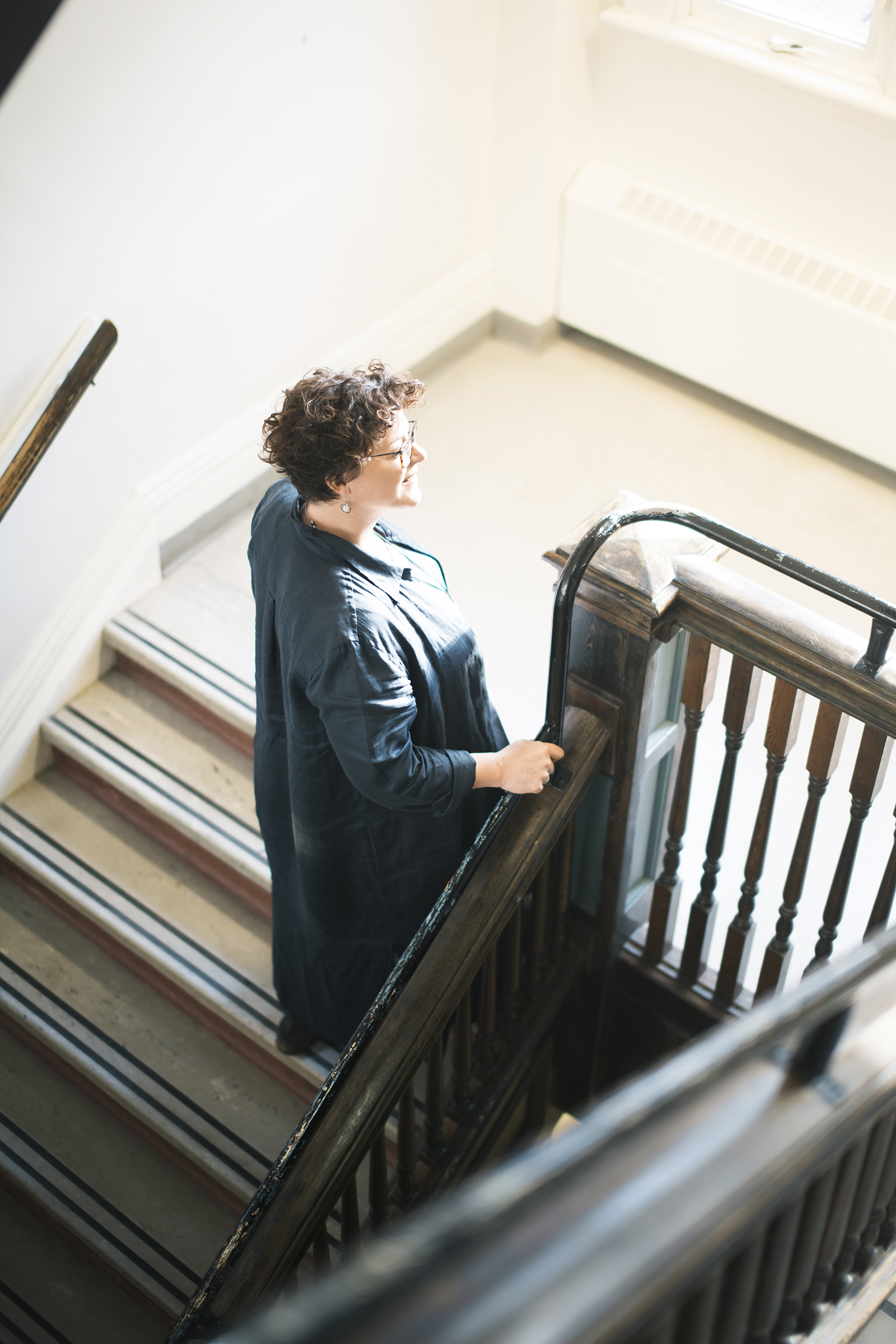
What do you love about Edmonton?
The feeling of possibility – and of being a part of it’s ‘becoming’ as an international city. We have so many beautiful traits and I am looking forward to being a part what we make of ourselves.
Inspired by the natural beauty and wilderness of the River Valley – the bountiful forest and the ever changing character of the river – we are a people who are spending more time outdoors in all seasons. We appreciate the arts; participate in celebrations of each other’s culture; we are community minded, nurture beautiful blooming gardens, and are loyal to our sports teams! Edmonton has it all!
What keeps you motivated? Where do you find inspiration in your day-to-day life?
Kindness inspires me. Learning inspires me – my own and the beauty of children when they have an ‘Ah Ha!’ moment.
Do you have a personal mantra?
Everything for a reason.
What are you currently excited about? What’s next for you?
Keep learning and finding ways to be of service to my community.
What is your favourite coffee shop or restaurant in Edmonton?
Transend for coffee, High Level Diner is my go-to for great food – especially for Saturday Braised Rib Night – though yet another reason to love Edmonton is for the incredible foodie culture!
What is your favourite place in Edmonton to take a breather, to let loose, or to soak up the city?
Market Day on 104th Street or at the Strathcona Market. Being a part of a collective desire to connect the rural and urban life, be together to share fresh local food and art, and celebrate life!
